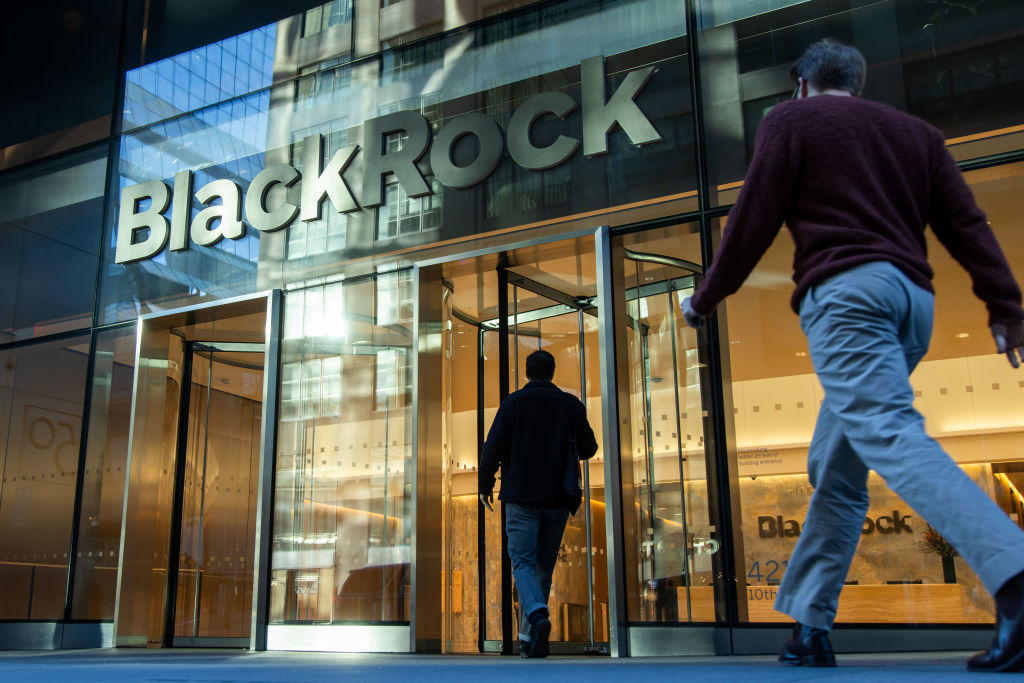It has been a tumultuous week for the stock market, as Donald Trump’s quest to reshape the global capitalist order has sent investors into a frenzy. Where is all of this headed? Who knows. But going into a possible trade war, it’s worth stepping back to reflect upon the shape of our financial system.
To start: What are the most important developments on Wall Street in recent years? The short answer: massive asset managers — above all, the “Big Three” of BlackRock, Vanguard, and State Street — have become the dominant players in the financial system and the economy more broadly.
What do the Big Three do? They provide a basic financial service to investors: in exchange for a fee, asset managers invest their clients’ money in financial markets, for the most part in the stock market, or “public equities.” That sounds innocuous enough — until one understands just how much money we’re talking about.
Take BlackRock. By the end of 2024, this single firm possessed $11.5 trillion in assets under management (AUM). Adding in Vanguard and State Street, the Big Three together manage more than $26 trillion.
What does that amount of money look like in practical terms? Collectively, the Big Three are either the largest or second-largest shareholder of almost every company listed on the S&P 500 — which is to say, of the biggest corporations of the world. On average, they together control more than 20 percent of each of those companies: 25 percent of Chevron, 21 percent of Costco, 20 percent of General Motors, and so on. Not since large banks dominated the United States and German economies in the late-nineteenth and early twentieth centuries have we seen such a fusion of ownership and control of corporations on a scale that warrants…
Auteur: Jim Kane

